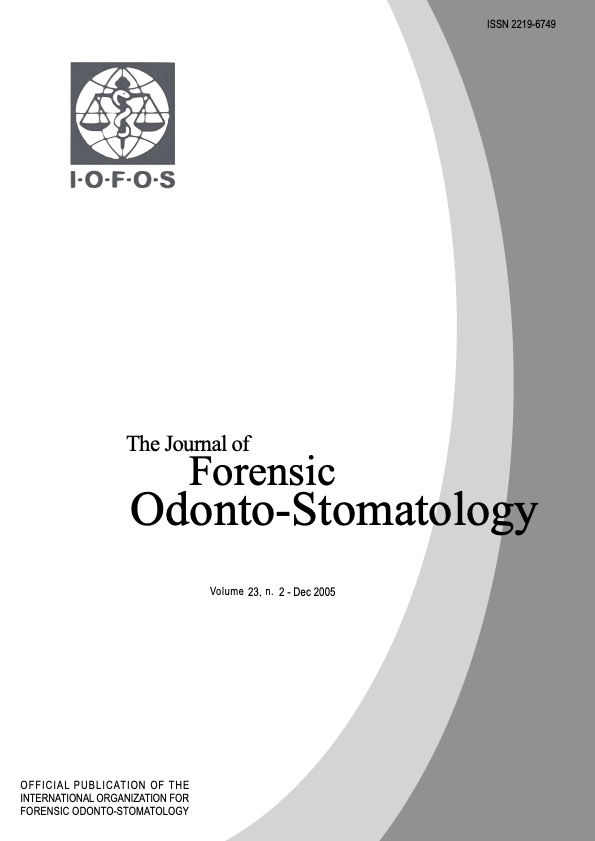Porcine skin as an in-vivo model for ageing of human bite marks
Abstract
Porcine skin has been shown to have similar histological, physiological and immunological properties to human skin and has been suggested as a good analogue for medical and forensic research. This study was undertaken to examine the appearance of bite mark wounds inflicted at known time intervals before and after death. Under general anaesthesia, a series of bite marks were created on a pig’s abdomen with a device designed to mechanically produce simulated human bite mark wounds. The pig skin model showed that bite mark characteristics are similar to those found on human skin. This study has provided information on the window of time showing clearly detailed bite marks occurring around the time of death. It also demonstrated that it is possible under certain conditions to determine that a bite mark was made before or after death in a porcine model. Under these experimental conditions, the results suggest that an in-vivo porcine skin model should be considered as a representative model for the study of human bite marks.

